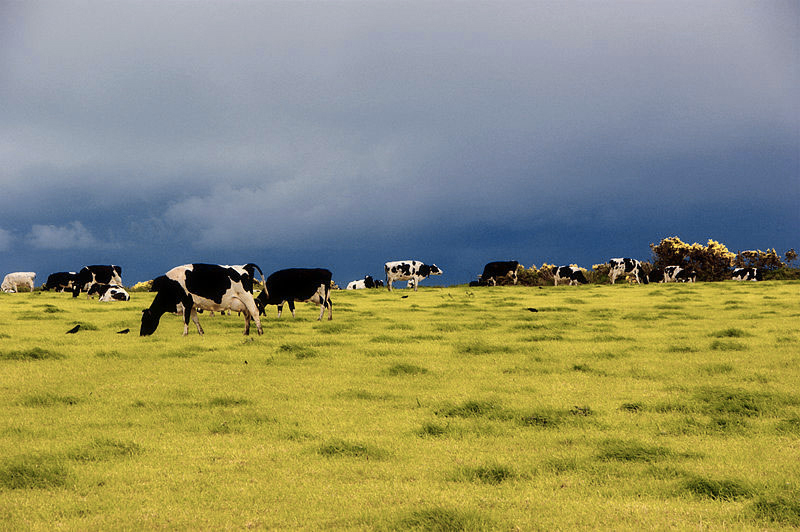
Though the dairy market continues to suffer from low prices, the rate of decline is slowing and could even show a price recovery predicted in the next year.
On 16 December, the Global Dairy Trade reported a 2.4% increase in its index, the first such rise since October.
But low prices have succeeded in clearing huge volumes, with trade growth up 15% year on year. A new Rabobank report says there are signs of price stabilisation, climbing off the market floor may take some time.
“Low prices were required to help clear a market still dealing with exceptionally strong supply growth, a rising US dollar, a weak economic environment and reduced buying from China and Russia” states Rabobank analyst Tim Hunt.
In the UK, the number of dairy farmers in England and Wales dropped below 10,000 'and we can't afford to lose any more', according to NFU dairy board chairman Rob Harrison.
Reflecting on the past 12 months for the industry, Mr Harrison said the frustration demonstrated in recent months was justified with dairy producers struggling to make ends meet.
“I am as angry and disappointed with the recent milk price cuts as everyone else here – it’s been a real kick in the teeth. Things are bad and we’re all going through some tough times. For the first time this month we have dropped below 10,000 dairy farmers in England and Wales and we can’t afford to lose too many more. I also know a number of farmers are on notice for next spring and I am in touch with all the main milk buyers to make it clear what is acceptable and what isn’t when it comes to contracts,” he said.
China has continued to buy far less from the international market than this time last year – with incoming shipments down almost 50% in October year on year as the country continues to work its way through excess inventory. Meanwhile, Russia’s enforced ban on imports from key suppliers has meant that globally prices have had to fall by 30-50% from their peak, to encourage buying from second-and-third- tier importers, such as South-East Asia, the Middle East and North Africa, to clear the market.
While these markets have taken advantage of discount products, helping to avoid the accumulation of supply-side stocks, the challenge of avoiding stock accumulation will likely become greater in coming months. Much depends on how quickly the world’s dairy suppliers respond to recent price cuts.
Low prices, compounded in the EU by the risk of superlevy payments, should see producers in many export regions hit the brakes in H1 2015. Together with some improvement in consumption in the US, and to a lesser extent the EU, this will reduce the amount available on the international market in 1H 2015. However, this is unlikely to prove sufficient to generate any meaningful price recovery as demand looks set to continue at weak levels due to Chinese purchases tracking below the prior year and a continuing Russian trade ban.
Rabobank expects the market to gradually tighten in 2H 2015. However, it may take a weak southern hemisphere production peak in 2015 to finally tip the balance for a price recovery to gain momentum.
